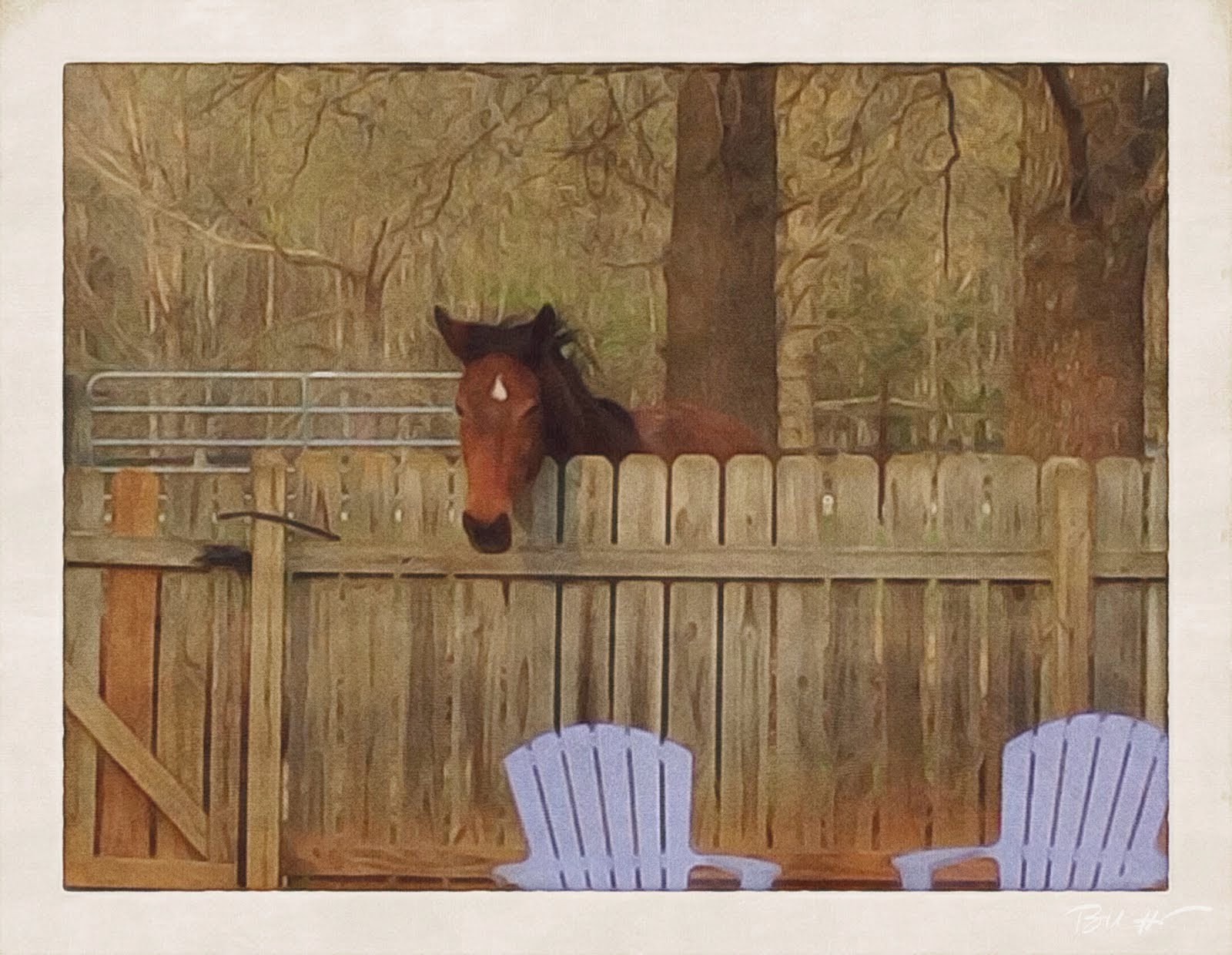Monday, June 22, 2020
PSA: Clementine says WEAR YOUR MASK!
Sunday, June 21, 2020
What’s Coming Up In The Garden, 52: threadleaf coreopsis
Culture
Easily grown in dry to medium moisture, well-drained soil in full sun. Thrives in poor, sandy or rocky soils with good drainage. Tolerant of heat, humidity and drought. Prompt deadheading of spent flower stalks can be tedious for a large planting, but does tend to encourage additional bloom and prevent any unwanted self-seeding. Plants may be sheared in mid to late summer to promote a fall rebloom and to remove any sprawling or unkempt foliage. Species plants can spread somewhat aggressively in the garden by both rhizomes and self-seeding.
'Zagreb' can spread in the garden by rhizomes and self-seeding, particularly in moist fertile soils.
Noteworthy Characteristics
Coreopsis verticillata, commonly called threadleaf coreopsis or whorled coreopsis, is a rhizomatous perennial which typically grows in dense, bushy clumps to 1-3' tall. Features yellow, daisy-like flowers (1-2" diameter) with yellow untoothed rays and yellow center disks. Flowers appear singly in loose clusters (cymes) in a profuse and lengthy late spring to late summer bloom. Shearing plants in mid-summer will promote a fall rebloom. Palmately 3-parted leaves with thread-like segments lend a fine-textured and airy appearance to the plant.
The genus name comes from the Greek words koris meaning "bug" and opsis meaning "like" in reference to the shape of the seed which resembles a bug or tick.
Specific epithet means having whorls in reference to the leaves.
Plants in the genus Coreopsis are sometimes commonly called tickseed in reference to the resemblance of the seeds to ticks.
'Zagreb' is more compact (to 1.5' tall) and features bright yellow, daisy-like flowers (1-2" diameter) with untoothed rays and darker yellow center disks.
Problems
No serious insect or disease problems. Slugs and snails may occur. Tends to sprawl, particularly if grown in moist and/or fertile soils. Crown rot may occur if grown in moist, poorly drained soils. Uncommon diseases include botrytis, aster yellows, powdery mildew and fungal spots.
Garden Uses
Borders. Also effective in naturalized areas, native plant gardens or cottage gardens. Good plant for areas with poor, dry soils.
Saturday, June 20, 2020
What’s Coming Up In The Garden, 51: foxglove beardtongue
Penstemon digitalis
Common Name(s):
- Phonetic Spelling
- PEN-stem-on dig-ee-TAH-liss
- Description
Penstemon digitalis is a clump-forming perennial in the plantain family that can be found in the mountains of NC. It grows up to 5 feet tall in prairies, wood margins and open woods of eastern and central USA. In late spring to early summer tall clusters of showy white tubular flowers appear that attract bees, hummingbirds, and butterflies. No serious disease or pest problems.
This plant adapts easily to cultivation and prefers well-drained, moist to dry loamy soils and tolerates clay soil if it is well-drained. Plant in full sun to light shade in small groups in the native/pollinator garden, naturalized areas or borders.








